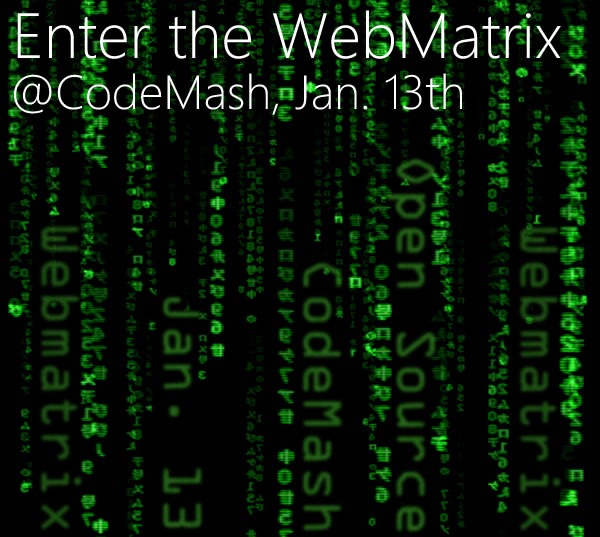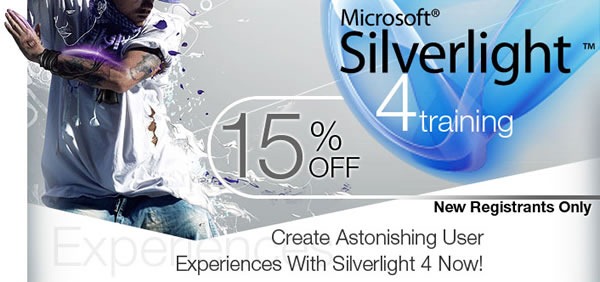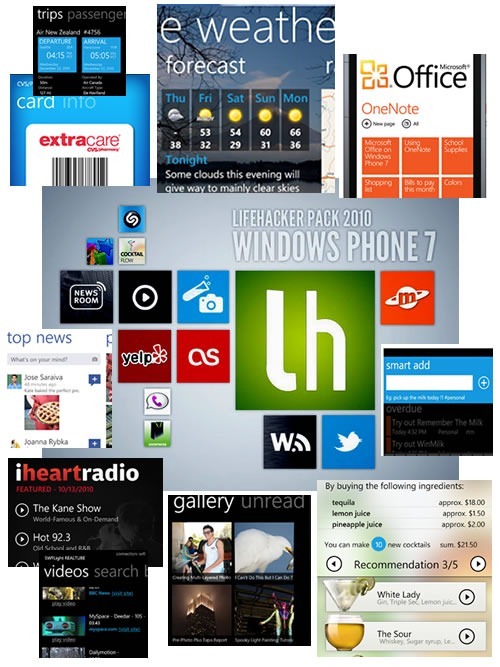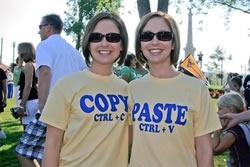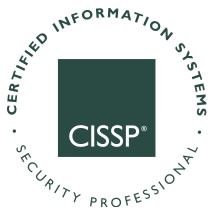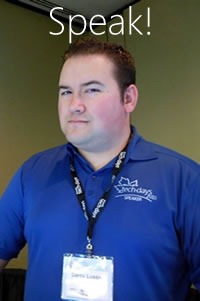If you’re new to Microsoft web development technologies, take a look at WebMatrix. It’s an open source, all-in-one package that gives you what you need to get started building web sites and applications using Windows, including:
- A development web server – IIS Express, a development version of our full-fledged web server, IIS
- A web development framework – ASP.NET
- A database – SQL Server Compact, a development version of SQL Server, which powers a lot of businesses
- Development tools – An editor that makes it easy to build sites and that makes it easy to move your project to the full-fledged Visual Studio when it’s time
- Built-in web apps – Makes it easy to add web applications like WordPress, DotNetNuke and Joomla! to your site
- SEO tools – A built-in SEO reporter helps you make your site more indexable by search engines
- Site publishing tools – Support for FTP, SFTP and WebDeploy to move your site from your development machine to the real thing
Want to find out more about WebMatrix? Watch the online stream of our Enter the WebMatrix presentation at the CodeMash conference this Thursday at 12:30 p.m. EST (9:30 a.m. Pacific) and see it in action!
